The intriguing Book of Zimbabwe, Part 4 – Gukurahundi & Consolidation of Power

Gukurahundi, the forever stain in our history
This is the abridged story of how Gukurahundi brought infamy to what should otherwise have been an exemplary narrative of the power of forgiveness, reconciliation and starting anew in unity. After a celebrated victory in the armed struggle for independence and booming success at the polls, what a wonderful story it would have made, for the country to move from triumph to triumph. Unfortunately, the conditions on the ground were not immediately conducive to a complete and lasting peace. Despite initial efforts at containment, in the end, resentment and mistrust forced an escalation of the situation into ethnic disturbances which continued for several years.
How to retire 36,000 soldiers

for ex-combatants
Earlier in the story, I spoke about the creation of a new standing army after independence as well as the demobilisation of some of the combatants that took part in the armed struggle. According to some estimates reported in a research paper by M. Musemwa, Zimbabwe’s military forces soon after independence numbered as high as 100,000, made up of troops from the military wings of ZANU, ZAPU and the colonial Rhodesian Front (RF). For economic reasons, that number needed to be reduced by 36,000 and for this purpose, the Government rolled out a hurried program aimed at absorbing the demobilised combatants into economic activities. One such plan was Operation SEED (Soldiers Employed in Economic Development). This program did not meet with much success and quickly fizzled out as it was viewed with suspicion by those that had been seconded to it. They saw it as a ploy by the Government to deny them opportunities to be drafted into the standing army, and it did not help that the ex-Rhodesian propaganda machinery was still at work dissuading the ex-combatants from participating in the program. Unrelated to this case but useful in demonstrating the attitude of ex-RF staff, General Walls, who had been put in charge of the army after independence, later revealed that he had reached out to the British government to try and have the election annulled alleging that voters had been subjected to intimidation by Prime Minister Mugabe’s supporters. In response, the British government had not agreed and Mugabe looking visibly triggered said it was “absolutely necessary” to have General Walls “assisted to get out” of Zimbabwe “and find a home elsewhere.” Eventually, the General left the country to live in exile in South Africa until his death. Other similarly conceived self-employment plans designed for ex-combatants such as cooperatives eventually collapsed due to varying reasons. A lot of them were agro-based groupings that faced severe drought conditions between 1982 and 1984, sealing their lack of success. There was also the problem of underfunding resulting from Government’s limited resources for this and other purposes. However, one cannot fault the Government for not having identified and tried to manage this problem.
Three become one . . .
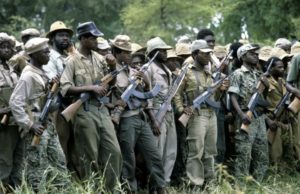
There was another reason, possibly the one with the worst political and social outcomes for the young Zimbabwe. Further to the problem of ex-fighters targeted for demobilisation, was the problem of integrating the three military groupings, ZANLA, ZIPRA and the RF into one disciplined army. ZANLA (Zimbabwe African National Liberation Army) and ZIPRA (Zimbabwe People’s Revolutionary Army) were the military arms of ZANU and ZAPU respectively. Although the two were united against their common adversary, the RF, they had unresolved squabbles stemming from the time when ZANU splintered from ZAPU. The mostly tribalistic composition of the two armies presented additional and serious difficulties for the new joint Command. There was mistrust between the mainly Shona ZANLA and largely Ndebele ZIPRA. Indeed, in one report on post-independence Zimbabwe, some people of Ndebele heritage spoke of the election victory as one for the Shona, and that independence for the Ndebele was still to come. This was of course not the general sentiment among the Ndebele people but it was an opinion that was held widely enough to be problematic for the central Government. What is more is that groups of disgruntled ex-ZIPRA personnel, broke off from the army or did not disarm as had been hoped by the Government. They began carrying out attacks against perceived Shona interests particularly in the Matebeleland regions in the south and south west of the country. Some of these dissident attacks as they came to be known, were targeted at the very same cooperatives that Government had set up to help ex-combatants reintegrate into civilian life.
A snafu in the south
Although not the only factors, the attacks played a significant role in directly or indirectly precipitating the demise of some of these cooperative initiatives. In part as a direct consequence of operational disruptions caused by the armed rebel groups, and in another part as a result of the Government response to the disturbances. Failed uprisings by ex-ZIPRA forces starting in Entumbane in 1980 and 1981 were stopped by the Zimbabwe National Army (ZNA), but were successful in spooking the Government enough to prompt an inquiry led by Justice Enoch Dumbutshena. The inquiry concluded that ZIPRA were preparing for war. With such information presented to it, any government would take preemptive steps to deescalate or contain the situation. As sporadic dissident activity continued, Prime Minister Mugabe was determined to decisively crush any potential uprising in the south. He sent his Fifth Brigade to the region to deal with the threat. Tensions and the forcefulness of the Government response hightened when weapons caches were reportedly discovered on farms owned by ZAPU in 1982. Two years earlier, the Zimbabwean Government had signed an agreement with North Korea to train a brigade of the army to deal with what the Prime Minister had called, “combat malcontents.” This unit of circa 3,500 troops was drawn from ex-ZANLA forces and reported directly to the Prime Minister’s Office. Ex-ZIPRA members of the unit were dropped before the completion of the training which continued until September 1982 when it was announced that training had been complete. Also known as Gukurahundi, the Fifth Brigade was distinguished from the regular army by way of uniform – which included a distinct red beret, and military equipment not compatible with that issued to regular forces. The term Gukurahundi refers to a Shona word given to the “early rains that wash away the chaff” – a telling and perhaps deliberately chilling choice of name.
A troubled account of trying to stop trouble
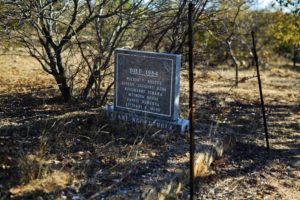
The Gukurahundi brigade operated until 1987 when a Unity Accord signed between Robert Mugabe of ZANU and Joshua Nkomo of ZAPU brought hostilities to an end. In the time that the brigade was active, it was accused of having harassed people, mostly in the Matebeleland region and of carrying out atrocities of varying degrees. From detentions to torture, destruction of homes, rapes and killings, the reports tell a story of a difficult and painful epoch in the history of the young country. Some of the victims of the brigade were forced into re-education camps whose aim was to reorient perceived risk elements towards nationalistic thinking. The problem did not, however, go away for many years and in the end, was not limited to the Matebeleland region. For example, Simukai Collective Farming Cooperative Society near Harare was one location far removed from Matebeleland where dissident activity was suspected and cooperative members harassed. People suspected of either being dissident elements or of harbouring dissidents received harsh treatment. One of the more famous of the dissidents, Richard Gwesela, was reportedly killed in September 1987, months before the Unity Accord was signed, during a gunfire exchange with Zimbabwean security forces. This followed his alleged involvement in the murders of four farmers from the Midlands Province and at least 21 other cases to which he had been linked. During his short-lived reign of terror, Gwesela probably became the most actively sought-after rebel with a reward as high as Z$50,000 (circa USD10,000 at the time) once offered for his capture, dead or alive. After his death was announced, some people have held on to the belief that the body identified by his family as that of Gwesela was in fact someone else and that Gwesela himself may have skipped the country ending up in South Africa living under an assumed name. The theory is not entirely far-fetched because Richard Gwesela’s death – whether it was indeed him or not – would have brought his family relief from harassment by security forces who at some point suspected them of aiding him in his activities. Afterall, this was the second time that a deceased dissident had been thought to be Gwesela. In addition, the authorities would have also wanted to quell panic by bringing Gwesela’s highly publicised criminal record to a close, so the persuasion to run with the story of his death would be understandable. We may never know the whole truth of what really happened, but we know that dissident activity tapered off and eventually stopped after his reported death and the signing of the accord.
There has never been internal consensus of the number of victims of this dark period, which future President Robert Mugabe later termed, “a moment of madness”, but the number generally repeated is at least 20,000 dead. Years later, and as President, Mugabe himself admitted that thousands had been killed during this brutal campaign. Varying from 8,000 estimated by the Catholic Commission for Justice and Peace in Zimbabwe and the more than 20,000 reached through consensus in 2005 by the International Association of Genocide Scholars (IAGS), there is no way of knowing just how many lives were lost during this period, but there is general agreement that the number is in the thousands and the IAGS calls it a genocide.
An end to the madness
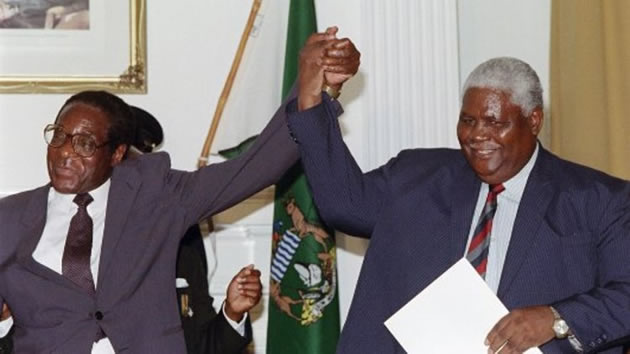
Besides its objective of bringing dissident activity and Gukurahundi to an end by creating a unified government, the Unity Accord signed between ZANU and ZAPU on 22 December 1987, resulted in a number of changes to the administration of the country. First, it led to the merger of the two parties to form ZANU PF – Zimbabwe African National Union Patriotic Front. Canaan Banana stepped down from his position as President which was no longer ceremonial, paving the way for Robert Mugabe to assume the role of Executive President and Commander in Chief of the Defence Forces. Joshua Nkomo, the erstwhile leader of ZAPU, became one of two party and national Vice Presidents along with Simon Muzenda who had served as Deputy Prime Minister since independence. A new Cabinet was carefully formed picking its members from the two parties. It had always been Mugabe’s position, that the country needed to be governed as a one-party state that would more ably represent the interests of the black majority. In one interview with Thames TV, perhaps a year into independence, the then Prime Minister had said that the idea of forming a political party, merely to oppose the government of the day, was both repugnant to him and a luxury that he believed the young Zimbabwe could ill afford. The signing of the Unity Accord was a platform that gave the President his desired one-party state, led by his ZANU PF. Now that this had been achieved, the government needed to finally deal with the remnants of the dissident problem. In 1988, President Mugabe proclaimed an amnesty period for any remaining dissidents that laid down their arms and 22 were reported to have done so by the end of the amnesty. Eventually, there were no more reports of attacks and that was the end of that chapter in the history of the nation. The 22nd of December has been observed as a national holiday since 1997. There have always been calls for the Government to address the grievances stemming from that period which were both traumatising as well as socially disruptive. Families were broken and children left orphaned. Socially, the ripple effects of that time remain in the affected communities.
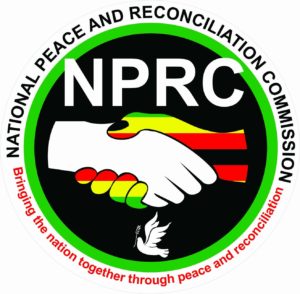
Recent overtures by Government, led by President Mnangagwa who was State Security Minister at the time, to talk about Gukurahundi are welcome and will hopefully start to bring some healing and closure for the good of the country. This is a departure from past President Mugabe’s administration where Gukurahundi was only spoken about in hushed tones. Although the United Nations Human Rights Commission (UNHCR) expressed doubt at the National Peace and Reconciliation Commission’s (NPRC) ability to resolve this highly emotive issue, it remains a subject that falls within the mandate of the Commission under the remit of the Justice Minister. Respected traditional and community leaders will also be an essential part of any such peace and reconciliation process.
Please share this story and subscribe to receive notifications for the next instalment as this intriguing story unfolds.

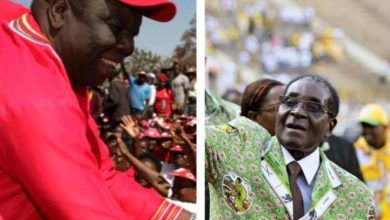
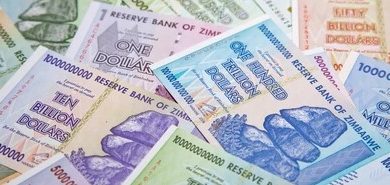
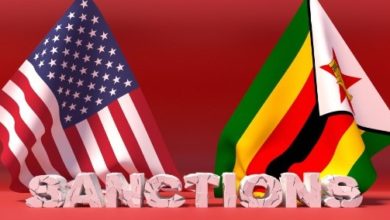
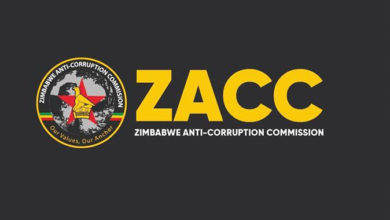
One Comment